Oksana Kiktenko: Bilhorod-Dnistrovskyi port to become European platform for Middle Corridor - INTERVIEW
- 18 September, 2025
- 13:13
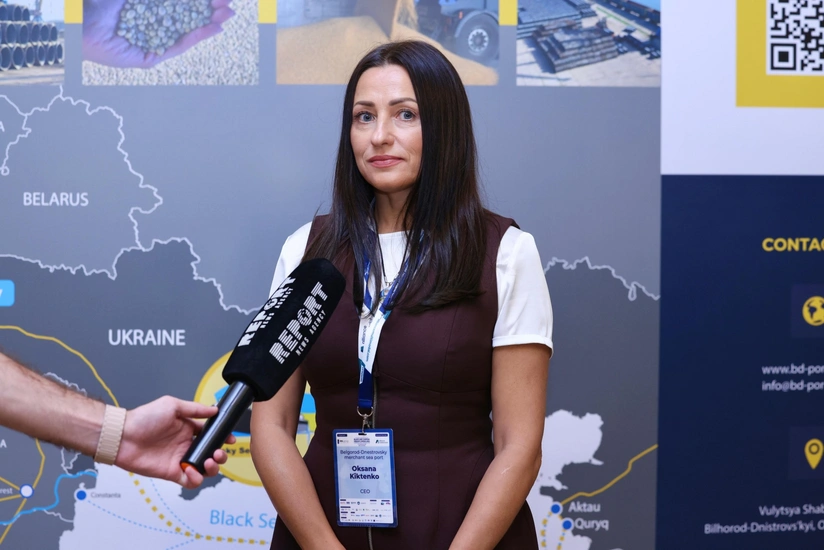
Bilhorod-Dnistrovskyi seaport is reaching a new level of development, strengthening ties with key international partners. The focus is on integration into the Middle Corridor, expansion of transit routes, and creation of modern infrastructure for handling cargo flows toward Europe. The port, which has undergone successful privatization, is betting on the flexibility of private management, development of ferry connections, and formation of a multimodal transportation hub.
General Director of the enterprise Oksana Kiktenko spoke about strategic priorities, the potential of trilateral cooperation between Ukraine-Georgia-Azerbaijan, and the role of the Bilhorod-Dnistrovskyi port in global logistics in an exclusive interview with Report.
Report presents the interview:
- Which areas of cooperation with Baku seem most promising for the Bilhorod-Dnistrovskyi port - transit projects, multimodal transportation, joint investments in port and transport infrastructure, or the development of logistics hubs?
- At the Bilhorod-Dnistrovskyi port, we plan to create a new platform that will take into account the needs of the rapidly growing cargo flow. And, of course, we plan to hold negotiations with representatives of Azerbaijan and hope for the opportunity to build cooperation in this direction.
We are considering multimodal transportation as well, as we strive to adopt Azerbaijan's experience in this field. The Port of Alat has already created a modern ferry complex, and we would like to exchange experience with them. In fact, everything should be interconnected: to increase transportation speed, logistics should be built along a single route, with infrastructure elements that complement each other. In this case, we can not only speed up delivery but also increase transshipment volumes.
- Are negotiations currently underway with the Baku International Sea Trade Port? If so, at what stage are they, and what prospects do you see in forming a trilateral interaction between Ukraine-Georgia-Azerbaijan within the Middle Corridor?
- There is already positive experience in interaction. Joint platforms have already been formed in the Middle Corridor with the participation of Georgia, Azerbaijan, and Turkmenistan. We are also considering the possibility of joint investment in the construction and management of terminals in the Bilhorod-Dnistrovskyi port. We view Azerbaijan as the most important, key link in the Middle Corridor. As speakers have already noted (at the conference in Baku "Black Sea-Caspian Logistics Forum 2025: corridors, cargo, infrastructure" - ed.), the Middle Corridor is impossible without Azerbaijan, Georgia, and Kazakhstan - they are links in one chain.
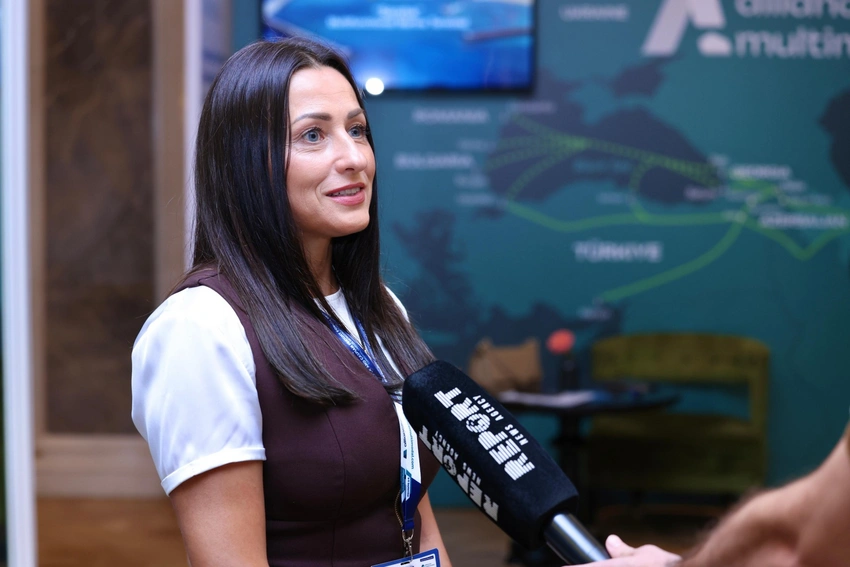
In Azerbaijan, we see great potential and a strategic role in the development of this direction. Issues in the Caspian make Azerbaijan an especially important platform. We plan to accept cargo coming from Azerbaijan to Georgia, and we are considering active cooperation.
- In your opinion, to what extent can Azerbaijan become a key link in the development of the Middle Corridor together with Ukraine and Georgia, considering the country's role as a strategic transit partner between the Caspian and Europe?
- I will answer briefly - Azerbaijan is already a key link. All cargo flow from Kazakhstan passes through Azerbaijan. Even if the cargo then goes to Türkiye or Georgia, the route still passes through Azerbaijan. Perhaps Azerbaijan should expand cooperation with other platforms and create its own platforms further along the Middle Corridor to effectively manage a more extended transportation chain.
- What strategic goals does the signing of the memorandum with Batumi International Container Terminal (BICT) pursue? What are the expected benefits of the new ferry route for the Bilhorod-Dnistrovskyi port and for Ukraine as a whole - in terms of transit opportunities, route diversification, and cargo flow attraction?
- The signing of such memorandums is of strategic importance to us. We have also signed a similar memorandum with APM Terminals Poti. Our goal is to create a modern ferry complex in the port that will be able to address all problematic issues of cargo movement along the Middle Corridor in the European direction. We want to take into account the needs of all participants in the process and build a complex that will ensure quick processing and dispatch of cargo to the final points of the route.
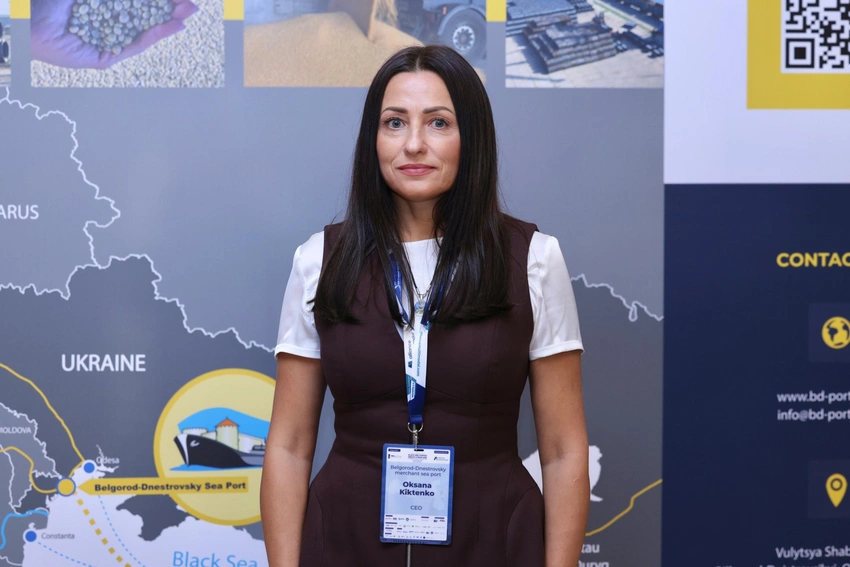
Since ferry connections have already been built in Batumi and Poti, we are focusing on cooperation specifically with them. The signed memorandums involve information exchange and joint work so that our complexes function in tandem and no inconsistencies arise. This will speed up cargo transshipment and increase operational efficiency.
In addition, we have the same railway gauge width (broad gauge 1520 mm - ed.), which is an important advantage. In Constanta (port in Romania), for example, there is a European gauge (1435 mm), and in Varna (Bulgaria) it's similar, but they have already installed a complex for changing wheel pairs.
- Is there a plan to expand cooperation beyond ferry services - for example, in the area of container transportation, creation of joint logistics services, attracting investments in port infrastructure, or implementing digital solutions to simplify transit?
- Of course. Bilhorod-Dnistrovskyi is a private port. Recently, it transferred from state to private ownership as part of the first pilot privatization project in Ukraine. The preparation process took five years but was completed successfully. Today, the port has one owner who owns 90% of the infrastructure. This model allows for free cooperation with private companies and minimizes state influence, which increases business efficiency. Currently, the port territory is 65 hectares, but we are considering expansion. Technically, it's possible to expand the territory to 250 hectares. We plan to develop as needed. In addition, we want to create not only a ferry complex but also a major Middle Corridor hub for processing and forwarding all types of cargo to other European countries and back. We plan to build grain, container, and oil terminals, and we also see the potential for creating an industrial park. In this regard, we plan to focus on developing the Middle Corridor while continuing to move in other directions as well.
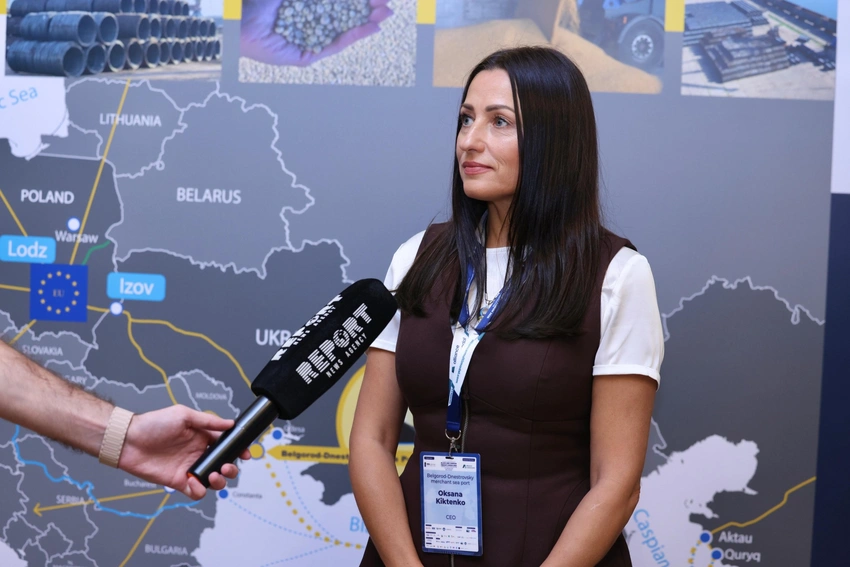
- Is the industrial park planned for adjacent territories?
- Yes, on adjacent ones. We have such opportunities, we see this, and we plan to implement them.
- In the context of global shifts in logistics (including disruptions in the Suez Canal and the Black Sea), what competitive advantages can the Bilhorod-Dnistrovskyi port offer to international shippers as part of new routes through the Middle Corridor?
- The main advantage is that the port is private, which means we respond more quickly to changes and are more flexible in negotiations. Another advantage, as I already mentioned, is that we have the same rail gauge, which means goods transported by rail can be delivered faster through the organization of ferry services.
We are also ready to create new platforms, taking into account the requests of both Azerbaijani platforms and other participants of the Middle Corridor. We strive to build our enterprise development policy in accordance with our slogan: "Our services - under your conditions."
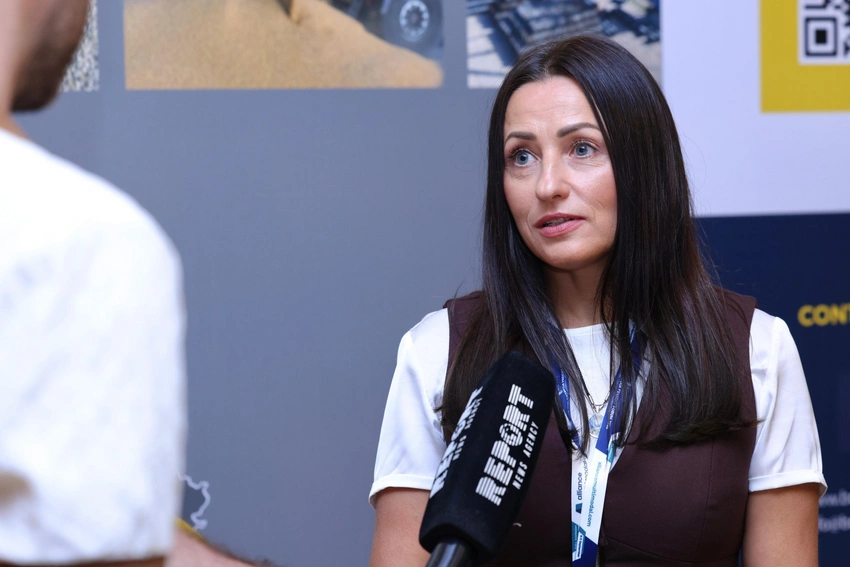
- How do you see the potential for creating a unified coordination mechanism between the ports of Ukraine, Georgia and Azerbaijan to harmonize tariffs, simplify customs procedures and accelerate transit?
- The potential is enormous, and the need for this is colossal. I am confident that business is already ready for such changes. But to create such a unified coordination platform, in addition to business, government agencies must be involved: border, customs and other services. Without their involvement, we cannot implement this comprehensively. Only joint work of business and government will allow us to eliminate bottlenecks and accelerate transit. Perhaps we need a unified working group that brings together both government agencies and business, rather than working separately. Only business can clearly articulate the problems of movement and the complexities of the Middle Corridor, which government agencies should hear, accept, and actively contribute to solving.
- What steps is the Bilhorod-Dnistrovskyi port taking to strengthen its role in international logistics - infrastructure modernization, digitalization of processes, fleet expansion or attracting strategic partners?
- We have developed a development concept and have already determined which terminals are currently needed. We also plan to create a platform for the European part of the Middle Corridor - this will be additional infrastructure aimed at eliminating the bottlenecks that are mentioned in both the Asian and European parts of the route. In particular, the reconstruction of the railway in Moldova, which connects the Bilhorod-Dnistrovskyi route with Romania, is currently underway. This 320-kilometer section will speed up the delivery of goods to Europe. In addition, we are already taking concrete steps: signing memorandums, conducting negotiations and collecting information about the necessary conditions - what types of cargo will be transported, what facilities need to be created, what equipment to purchase and what terminals to build in order to efficiently serve each type of cargo.
